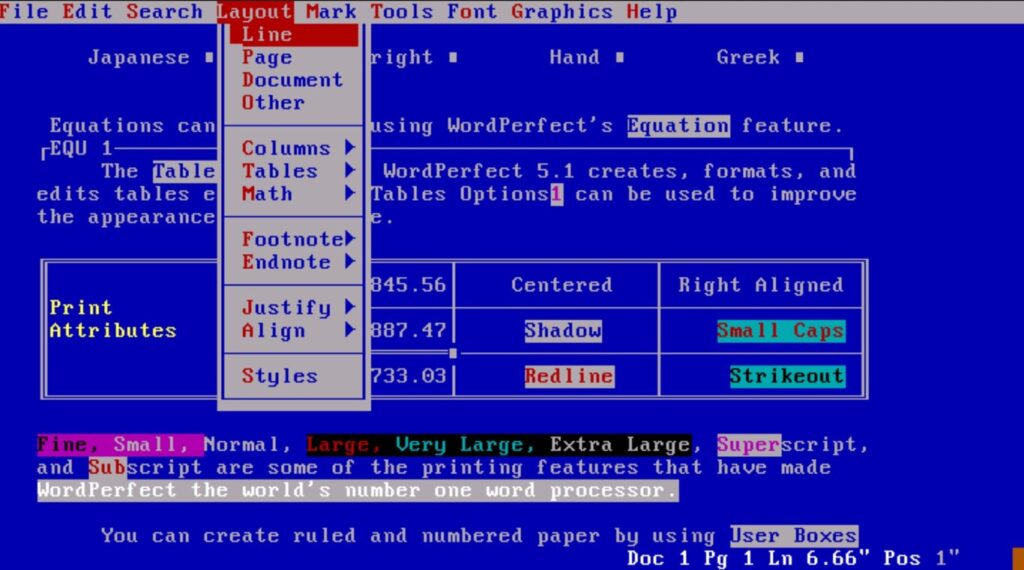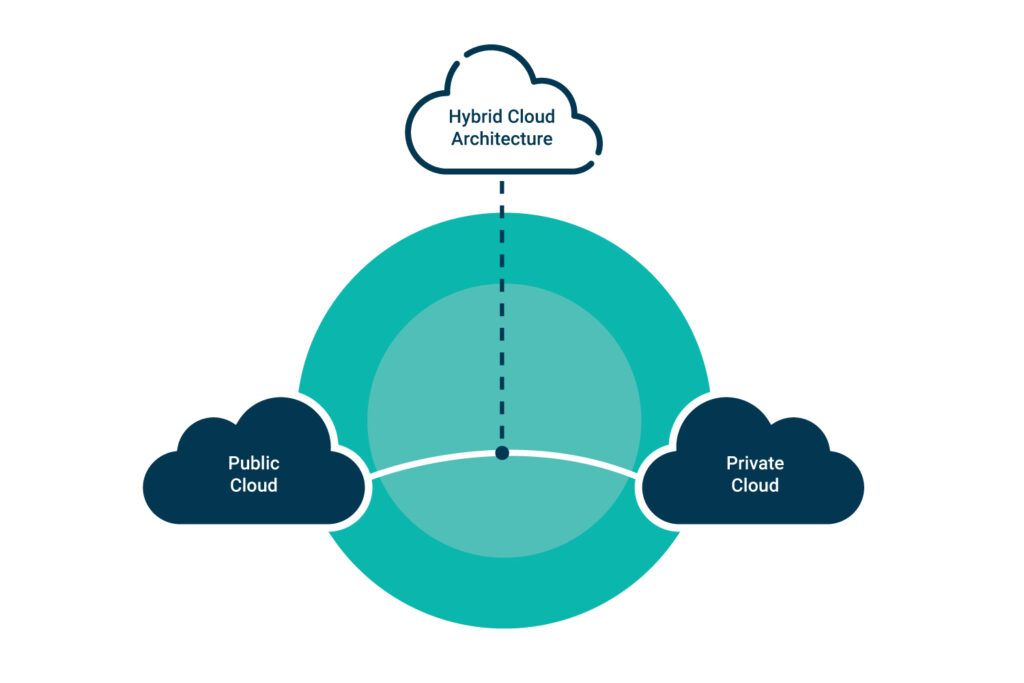Nu 1 januari 2025 steeds dichterbij komt en dan het handhavingsmortuarium op de wet DBA stopt, wordt het in ZZP Nederland steeds onrustiger. Ik ben nu bijna 20 jaar ondernemer, 15 jaar daarvan ZZPer, en er zijn in die tijd twee momenten geweest waarop ik me bedrijfstechnisch echt zorgen maakte: de bankencrisis in 2008 en nu.
Het probleem
Het probleem met de wet DBA is dat het een kanon is waarmee op muggen geschoten wordt. De wet maakt mogelijk dat de belastingdienst door elke zakelijke constructie ‘heen kan kijken’ of je wel echt inhuurt bent of eigenlijk in loondienst had moeten zijn. En als dat laatste geconstateerd wordt, dan krijg de opdrachtgever een naheffing van de werknemerpremies over de hele inzetperiode. Dat kan nogal in de papieren lopen.
En op zich is dat ‘er door heen kijken’ niet persé verkeerd, want wanneer je misbruik probeert op te sporen is dat heel handig. Maar nu komt het probleem: de belastingdienst weigert om vooraf elke bedrijfsvorm goed te keuren, zelfs als het juridisch gezien dat formeel wel is (zoals een DUBV constructie van Uniforce). Dus je moet als ZZPer een rechtzaak aanspannen om een uitspraak af te dwingen en dan nog wil de belastingdienst het per project kunnen beoordelen. En die onzekerheid zorgt ervoor dat opdrachtgevers geen ZZPers meer durven aan te nemen. De wet zorgt effectief voor een soort opdrachtnemerdiscriminatie: bij veel opdrachten staat letterlijk “geen ZZPers”. De wet beïnvloed direct de consultancy markt, wat detacheerders (met de veel grotere overhead en dus hogere tarieven) natuurlijk helemaal niet erg vinden.
Er is ondertussen één rechtzaak geweest die meer duidelijkheid zou moeten bieden: het Deliveroo arrest. Hierbij werd gekeken naar een maaltijdbezorger en heeft de rechter duidelijke indicatoren aangegeven aan de hand waarvan bepaald kan worden of iemand eigenlijk in loondienst is. En voor deze en vergelijkbare situaties, zoals de bouw of pakketbezorgers, zijn die indicatoren prima, maar veel ervan is niet praktisch toepasbaar in de kenniseconomie. Bijvoorbeeld is het mogen sturen van een vervanger een indicator… Als je je net maanden in een stuk software ingewerkt hebt, hoe kun je dan een ‘even’ een vervanger sturen omdat je ziek of elders nodig bent? Of het gebruik van eigen middelen (gereedschap), Thales wil vanwege nationale veiligheid niet eens dat je met je eigen laptop in de buurt van hun netwerk komt. Of inbedding in de organisatie; natuurlijk maakt je software niet alleen, maar ben je onderdeel van een team. Pair programming is zelfs één van de best practices van software ontwikkeling, heel anders dan een timmerman even een deur komen stellen. Maar ook andere bedrijfstakken hebben problemen met de indicatoren: een tandarts die een praktijk komt versterken doet dit vaak als ZZPer en neemt echt niet zijn eigen behandelstoel mee.
De vragen die hier op dit moment gesteld moeten worden zijn: welk probleem probeert de wet nu eigenlijk op te lossen? En wat is voor dat probleem de beste oplossing?
(more…)





